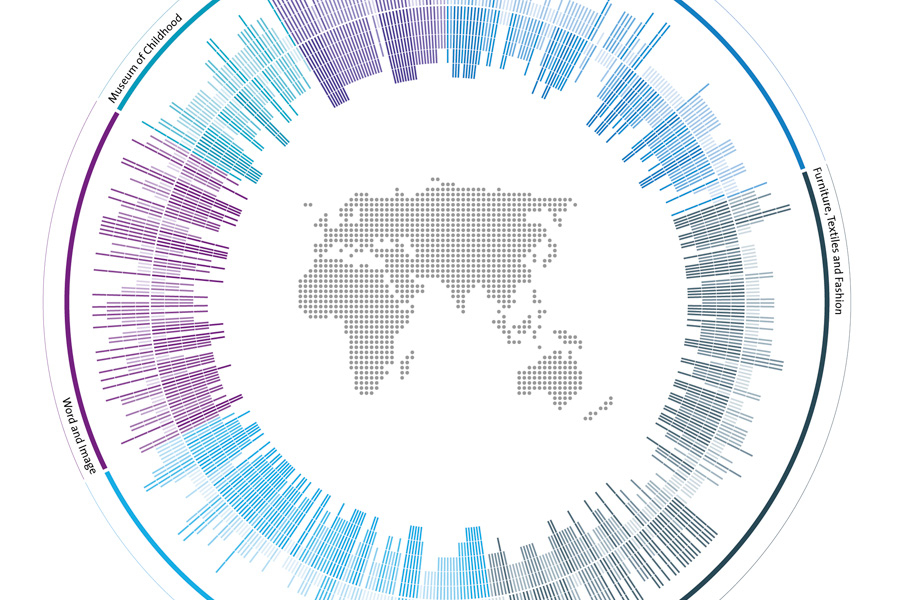
Information design is a multidisciplinary field that combines elements of graphic design, user experience (UX), cognitive psychology, and communication to effectively present information and data. The specific subjects taught in information design can vary depending on the educational institution and program, but here are some common subjects you may encounter:
Graphic Design: Information design often involves creating visually appealing and engaging designs. Courses in graphic design cover topics such as typography, layout, colour theory, visual hierarchy, and composition.
User Experience (UX) Design: Understanding how users interact with information is crucial in information design. UX courses cover user research, usability testing, information architecture, interaction design, and user-centred design principles.
Data Visualization: Information designers frequently work with data and need to present it in meaningful and visually engaging ways. Courses in data visualisation explore techniques for representing data graphically, such as charts, graphs, infographics, and interactive visualisations.
Information Architecture: Information architecture focuses on organising and structuring information effectively to enhance its accessibility and usability. This subject covers topics like categorization, labelling, navigation design, and content organisation.
Cognitive Psychology: Knowledge of cognitive processes and how people perceive and process information is essential in information design. Courses in cognitive psychology cover concepts such as attention, memory, perception, mental models, and information processing.
Communication Theory: Understanding effective communication principles helps information designers convey complex information clearly and efficiently. Communication theory courses explore concepts like audience analysis, message design, persuasion techniques, and rhetoric.
Human-Computer Interaction (HCI): HCI courses delve into the interaction between humans and technology, emphasising the design of interfaces and systems that are intuitive and user-friendly. This subject covers topics like usability, user testing, interface design, and user-centred design methodologies.
Research Methods: Information designers often conduct research to gather insights about users and their needs. Research methods courses cover qualitative and quantitative research techniques, survey design, interviews, observational studies, and data analysis.
Content Strategy: Content strategy focuses on planning and creating content that meets the needs of users and aligns with organisational goals. Courses in content strategy cover content planning, content creation, content management, content audits, and content governance.
Web and Interaction Design: Information design often involves designing for digital platforms. Courses in web and interaction design cover topics such as responsive design, user interface (UI) design, prototyping, wireframing, and web development basics.
These subjects provide a foundation for understanding and applying principles of information design. However, it's important to note that the specific curriculum can vary between educational institutions, and additional or alternative subjects may be included based on the program's focus or specialisation.